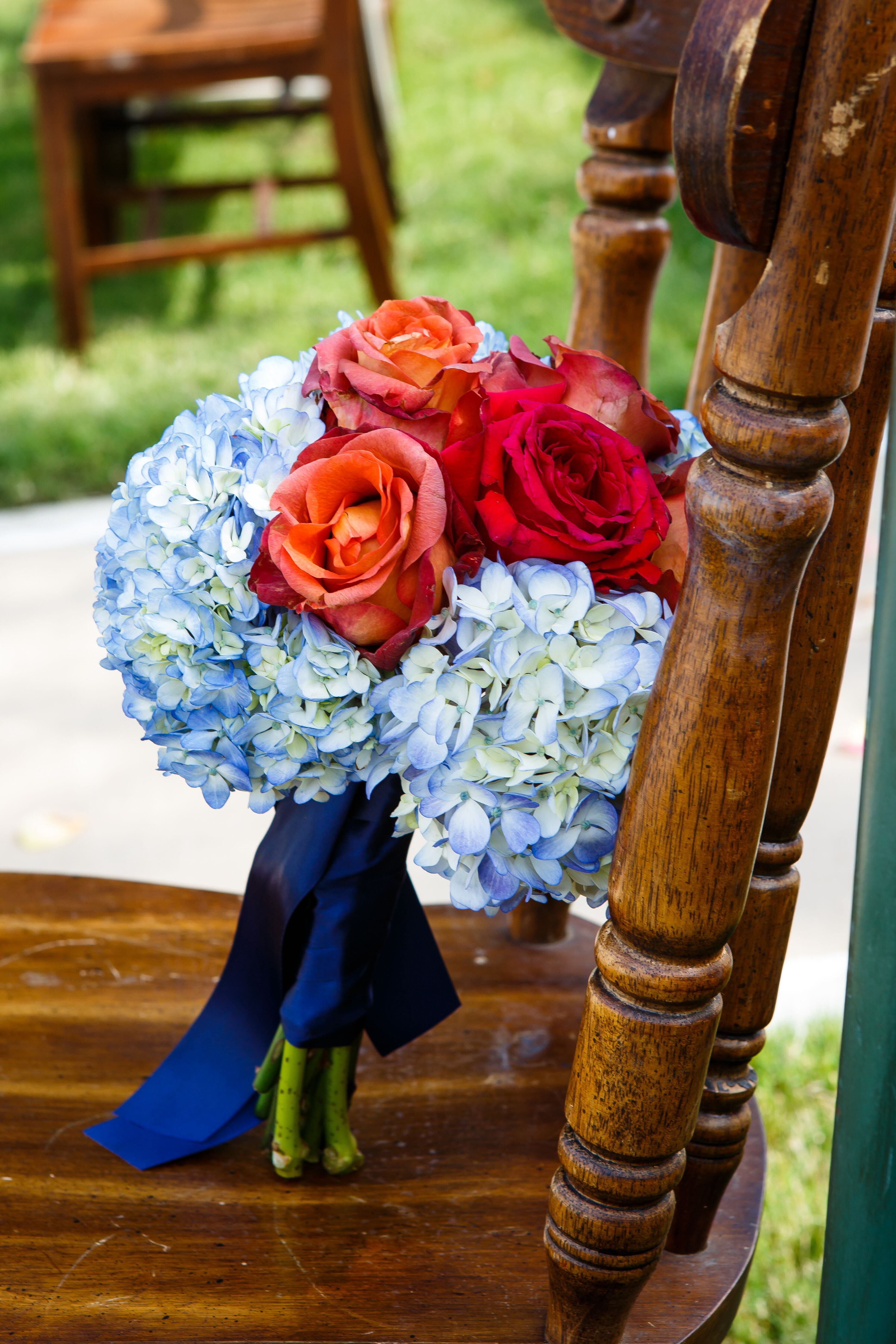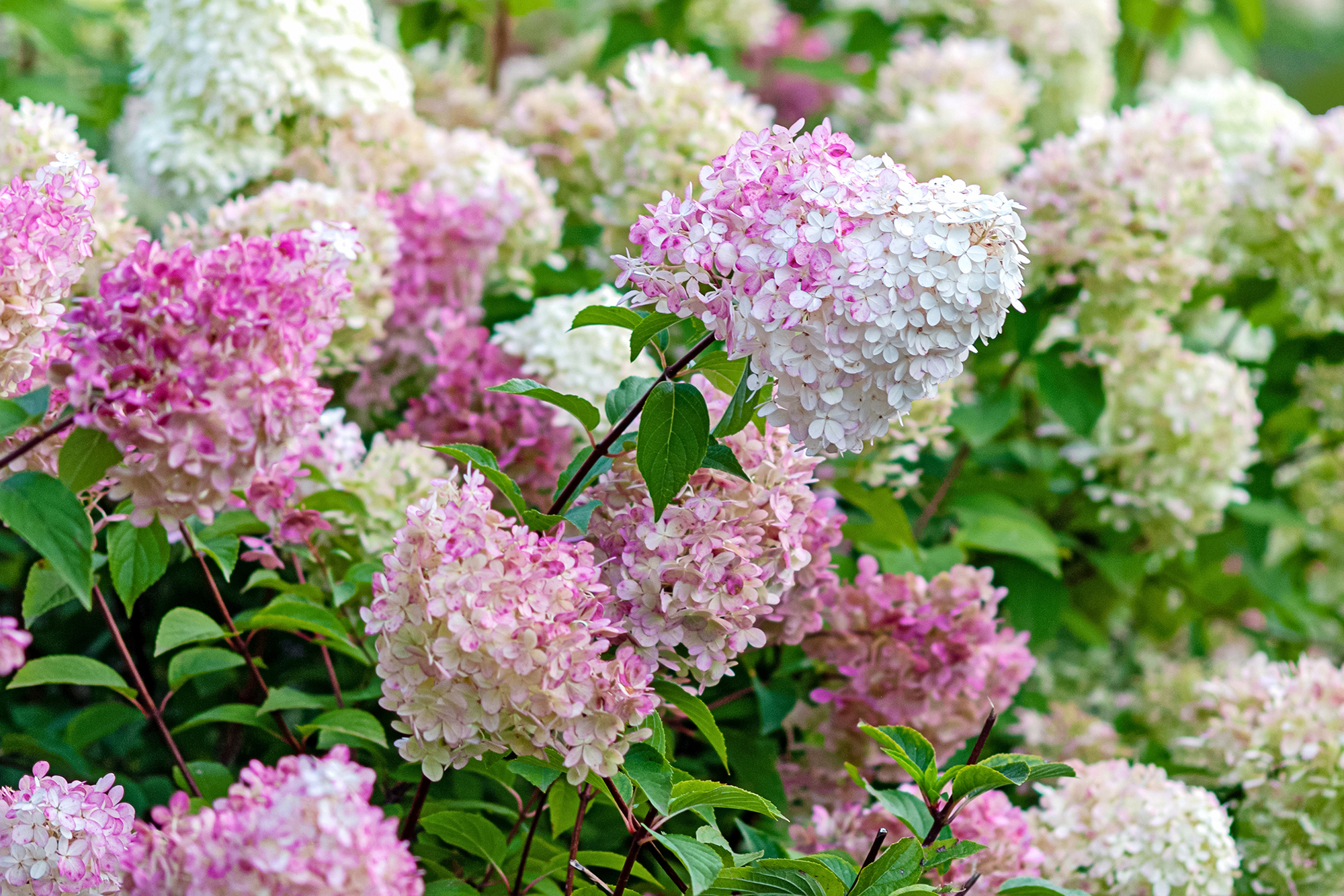The Perfect Pair: Roses And Hydrangeas
The Perfect Pair: Roses and Hydrangeas
Roses and hydrangeas are two of the most popular flowers in the world, and for good reason. They're both beautiful, fragrant, and come in a wide variety of colors. But what many people don't know is that roses and hydrangeas make the perfect pair.
When planted together, roses and hydrangeas can create a stunning display that is both visually appealing and fragrant. The large, round blooms of hydrangeas provide a perfect backdrop for the delicate petals of roses. And the different colors of the two flowers can be beautifully contrasted or blended together.
In addition to their aesthetic appeal, roses and hydrangeas also have some practical benefits when planted together. Roses can help to deter pests from hydrangeas, and hydrangeas can help to improve the drainage of soil around roses.
So if you're looking for a beautiful and easy-care combination of flowers for your garden, roses and hydrangeas are a great choice.
Main Content
Choosing the Right Roses and Hydrangeas
When choosing roses and hydrangeas to plant together, there are a few things to keep in mind. First, consider the size of the plants. Roses can grow quite large, so you'll need to make sure that you have enough space for them. Hydrangeas can also grow quite large, but they're not as tall as roses.
Second, think about the colors of the flowers. You'll want to choose roses and hydrangeas that complement each other. For example, you could plant white hydrangeas with red roses, or pink hydrangeas with yellow roses.
Finally, consider the climate in your area. Roses and hydrangeas can be grown in a variety of climates, but some varieties are more cold-hardy than others. If you live in a cold climate, you'll want to choose roses and hydrangeas that are hardy to your zone.
Planting Roses and Hydrangeas
Once you've chosen the right roses and hydrangeas, it's time to plant them. Roses and hydrangeas should be planted in full sun or partial shade. The soil should be well-drained and rich in organic matter.
When planting roses, dig a hole that is twice as wide and as deep as the root ball. Place the root ball in the hole and backfill with soil. Water the plant well.
When planting hydrangeas, dig a hole that is three times as wide and as deep as the root ball. Place the root ball in the hole and backfill with soil. Mix some peat moss or pine bark with the soil to help acidify the soil. Water the plant well.
Caring for Roses and Hydrangeas
Roses and hydrangeas are relatively easy to care for. They both need regular watering, especially during the hot summer months. You should also fertilize them once a month during the growing season.
In addition to watering and fertilizing, roses and hydrangeas also need to be pruned. Roses should be pruned in the spring, before new growth begins. Hydrangeas should be pruned in the fall, after the flowers have faded.
With proper care, roses and hydrangeas will thrive for many years. They will provide you with beautiful flowers and fragrance for your enjoyment.
Conclusion
Roses and hydrangeas are the perfect pair for any garden. They're both beautiful, fragrant, and easy to care for. When planted together, they can create a stunning display that will be the envy of your neighbors.
So if you're looking for a beautiful and easy-care combination of flowers for your garden, roses and hydrangeas are a great choice.
Roses and hydrangeas are two of the most popular flowers in the world, and for good reason. They are both beautiful, fragrant, and long-lasting. If you are looking for more information about these amazing flowers, I highly recommend visiting .
This website is a comprehensive resource for all things roses and hydrangeas. It includes information on the history, care, and cultivation of these flowers, as well as a wide variety of photos and articles. Whether you are a beginner gardener or an experienced horticulturist, you are sure to find something of value on this website.
In addition to its informative content, also offers a variety of resources for gardeners. You can find tips on how to choose the right roses and hydrangeas for your garden, as well as instructions on how to plant, care for, and prune these flowers. There is even a forum where you can ask questions and get advice from other gardeners.
If you are interested in learning more about roses and hydrangeas, I encourage you to visit . This website is a valuable resource for gardeners of all levels of experience.
FAQ of roses and hydrangeas
Q1. What are the most important things to consider when planting roses?
A1. There are a few key things to consider when planting roses:
- Sunlight: Roses need at least 6 hours of full sun per day.
- Soil: Roses prefer well-drained soil that is rich in organic matter.
- Water: Roses need regular watering, especially during the first year after planting.
- Fertilizer: Roses should be fertilized every 6-8 weeks during the growing season.
- Pests and diseases: Roses are susceptible to a number of pests and diseases. It is important to inspect your roses regularly and take steps to control any problems.
Q2. What are the different types of hydrangeas?
A2. There are two main types of hydrangeas: mophead hydrangeas and lacecap hydrangeas. Mophead hydrangeas have large, round flowers, while lacecap hydrangeas have flowers with a flat center and lacy edges. Hydrangeas also come in a variety of colors, including blue, pink, white, and purple.
Q3. How do I get my hydrangeas to bloom blue?
A3. The color of hydrangea flowers is determined by the pH of the soil. In acidic soil, hydrangeas will bloom blue. In alkaline soil, they will bloom pink. To get your hydrangeas to bloom blue, you can add sulfur to the soil.
Q4. What are some common problems with roses?
A4. Some common problems with roses include:
- Black spot: This is a fungal disease that causes black spots on the leaves.
- Powdery mildew: This is a fungal disease that causes a white powdery coating on the leaves.
- Rose rust: This is a fungal disease that causes orange spots on the leaves.
- Aphids: These are small, sap-sucking insects that can damage roses.
- Thrips: These are small, winged insects that can damage roses.
Q5. How do I care for hydrangeas in the winter?
A5. Hydrangeas are hardy plants, but they can be damaged by cold winter weather. In colder climates, it is important to protect hydrangeas from the cold. You can do this by covering them with a burlap sack or a frost cloth.
Image of roses and hydrangeas
5 different images of "roses and hydrangeas" from Pinterest:





Post a Comment for "The Perfect Pair: Roses And Hydrangeas"